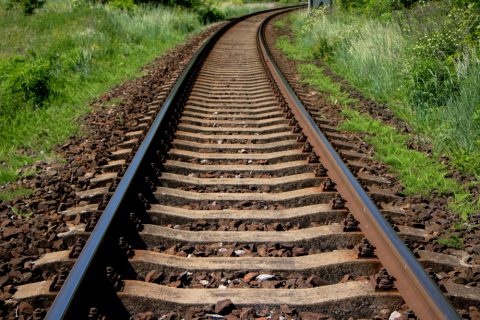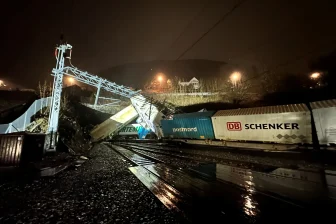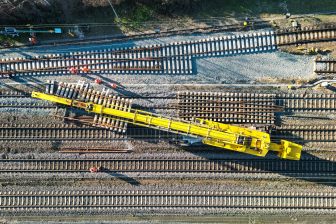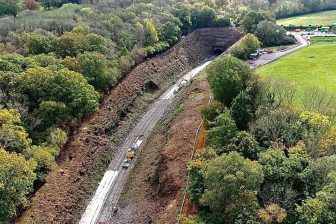
SNCF Réseau successfully completed nearly 300 rail projects this summer
Railway tracks islavicek / Shutterstock
SNCF Réseau successfully completed nearly 300 rail projects across France in July and August 2023. The rail infrastructure manager invested 2.9 billion euros to modernise the French network this year.
Want to read more?
You have read all of your free premium articles for this month. Please become a subscriber to keep reading.
Subscribe now!
Take advantage of our exclusive offer to get full access to all premium content.



